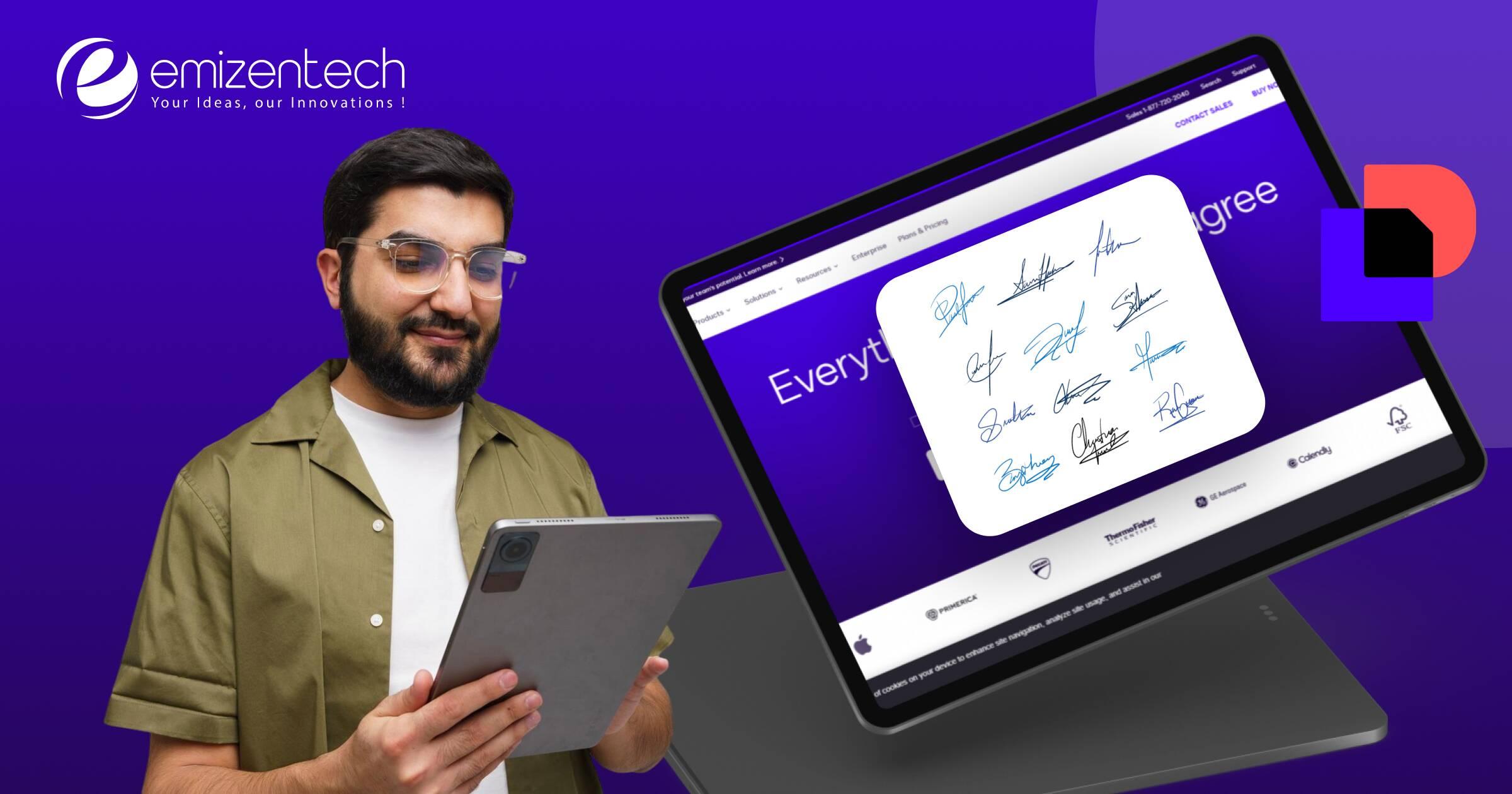How Governments Drive EdTech Innovation: Key Roles and Strategic Initiatives
The global education landscape is rapidly evolving, with EdTech innovation at the heart of transformative change. Governments hold a pivotal position in nurturing the EdTech ecosystem—creating regulations, offering funding, and driving policy initiatives that support the integration of technology in education. In this thorough guide, we explore the multiple ways governments drive EdTech innovation, their key roles, strategic initiatives, notable case studies, and practical tips for stakeholders.
The Importance of EdTech Innovation
Educational Technology, or EdTech, refers to the effective use of digital tools and platforms to enhance teaching, learning, and educational governance. The importance of EdTech innovation has grown exponentially, notably as schools, universities, and vocational institutions adapt to the digital age. Governments recognize that leveraging EdTech can:
- Bridge gaps in access to quality education
- Personalize learning experiences
- Support lifelong learning and upskilling
- Foster skill development aligned with the digital economy
- Scale effective pedagogies across borders and demographics
Key Roles Governments Play in EdTech Innovation
Governments are essential facilitators and regulators in the education technology ecosystem. Here are the primary roles they assume to ignite EdTech innovation:
1. Policymaking & Regulation
- Setting national edtech strategies and learning standards
- Developing data privacy and cybersecurity frameworks
- Ensuring equitable access and inclusivity
- Providing guidelines for digital content accreditation
2. Funding and Resource Allocation
- Direct investment in digital infrastructure (e.g., internet, devices)
- Grant programs for EdTech startups and research
- Tax incentives for EdTech-related R&D
3. Public-Private Partnerships (PPP)
- Collaborating with EdTech companies and organizations
- Facilitating pilot projects and co-development initiatives
- Encouraging open innovation through hackathons and challenges
4. Teacher Training and Digital Literacy
- National programs to upskill educators in digital teaching methodologies
- Certification pathways for EdTech proficiency
- Resources for ongoing professional development
5. Evaluation and Scaling
- Piloting EdTech solutions at the local level
- Data-driven evaluation and scaling of effective technologies
- Knowledge-sharing platforms for best practices
Strategic Initiatives Powering Government-Led EdTech Innovation
Governments worldwide initiate diverse strategies to fuel EdTech advancement. Notable approaches include:
- National EdTech Plans: Countries develop comprehensive visions, such as India’s National Education Policy 2020, to guide digital transformation.
- Open Educational Resources (OER): Funding platforms that provide free, high-quality digital content for educators and learners.
- Digital Inclusion Initiatives: Targeted programs to ensure rural and underserved communities gain digital access.
- Research and Innovation Hubs: Establishing government-backed innovation labs and accelerators.
- Regulatory Sandboxes: Safe environments for edtech startups to test products within a flexible governance framework.
Thes strategic government initiatives act as catalysts for systemic change,accelerating the adoption and impact of EdTech solutions.
Noteworthy Case Studies: Government-Driven EdTech Success
Examining real-world examples highlights the transformative potential of government intervention in EdTech innovation.
Estonia: Model of Digital Education
- Early investment in IT infrastructure and digital curriculum.
- The e-school system integrates student information, learning resources, and communication tools for educators and families.
- Robust digital skills training for teachers at all levels.
Singapore: Smart Nation with Future-Ready Skills
- Smart Nation initiative supports digital literacy from primary school onwards.
- National Digital Literacy Program (NDLP) provides devices, platforms, and educator training for digital fluency.
- Close partnerships between government, private sector, and institutions fuel innovation and scalability.
United States: Innovative Procurement Models
- ESSER (Elementary and Secondary School Emergency Relief) Funds support procurement of EdTech solutions post-pandemic.
- Regional EdTech pilots evaluated for scaling across states.
- Support for open-source education resources and micro-credentialing for teachers.
Benefits of Government-Led EdTech Innovation
- Equity: Ensures all students, irrespective of background, have access to quality education resources.
- Sustainability: Implements EdTech solutions at scale with ongoing support.
- Consistency: Aligns standards and pedagogy across regions and districts.
- Data Security: Enforces robust privacy measures through clear regulations.
- Continuous improvement: Fosters an surroundings where educational practices evolve alongside technology.
practical Tips for Fostering EdTech Innovation Through Government Action
For governments and policymakers aiming to jumpstart effective EdTech innovation, consider these practical steps:
- Engage All Stakeholders: Include educators, students, parents, EdTech entrepreneurs, and industry experts in policymaking.
- Invest in Digital Infrastructure: Ensure affordable,high-speed internet and device access,especially in marginalized communities.
- Promote Capacity Building: Regularly train teachers in digital skills and emerging technologies.
- Create Incentives: Offer grants and awards for edtech solutions that address pressing educational challenges.
- Leverage Public-Private Partnerships: Collaborate with technology companies to co-develop scalable and enduring solutions.
- Support Evidence-Based EdTech: Use pilot programs, data analytics, and research to evaluate technology effectiveness before broad implementation.
- Champion Inclusivity: Prioritize digital inclusion by designing solutions for learners with disabilities and those in remote areas.
First-Hand Experience: Voices from the Field
“The recent government investment in teacher training has empowered our faculty to confidently adopt new EdTech tools, resulting in improved student engagement and outcomes.”
— Maria Sanchez, School Principal, Madrid, Spain
“By joining the government’s pilot program for digital learning, our rural students gained access to world-class content, narrowing the achievement gap.”
— Jacob Atieno, Community Leader, Kenya
Conclusion: Catalyzing the Future of Learning
Governments play a fundamental role in accelerating EdTech innovation, driving forward initiatives that ensure equitable, effective, and sustainable integration of technology in education.By shaping progressive policies, providing financial support, and fostering cross-sector collaboration, government actions create the fertile ground where EdTech can thrive—ultimately preparing learners with future-ready skills. as the educational landscape continues to evolve,ongoing government engagement is vital in unlocking the full potential of technology for all.
Whether you are a policymaker, educator, developer, or EdTech advocate, understanding these key roles and strategic initiatives empowers you to contribute toward a brighter, tech-enabled future of learning.

